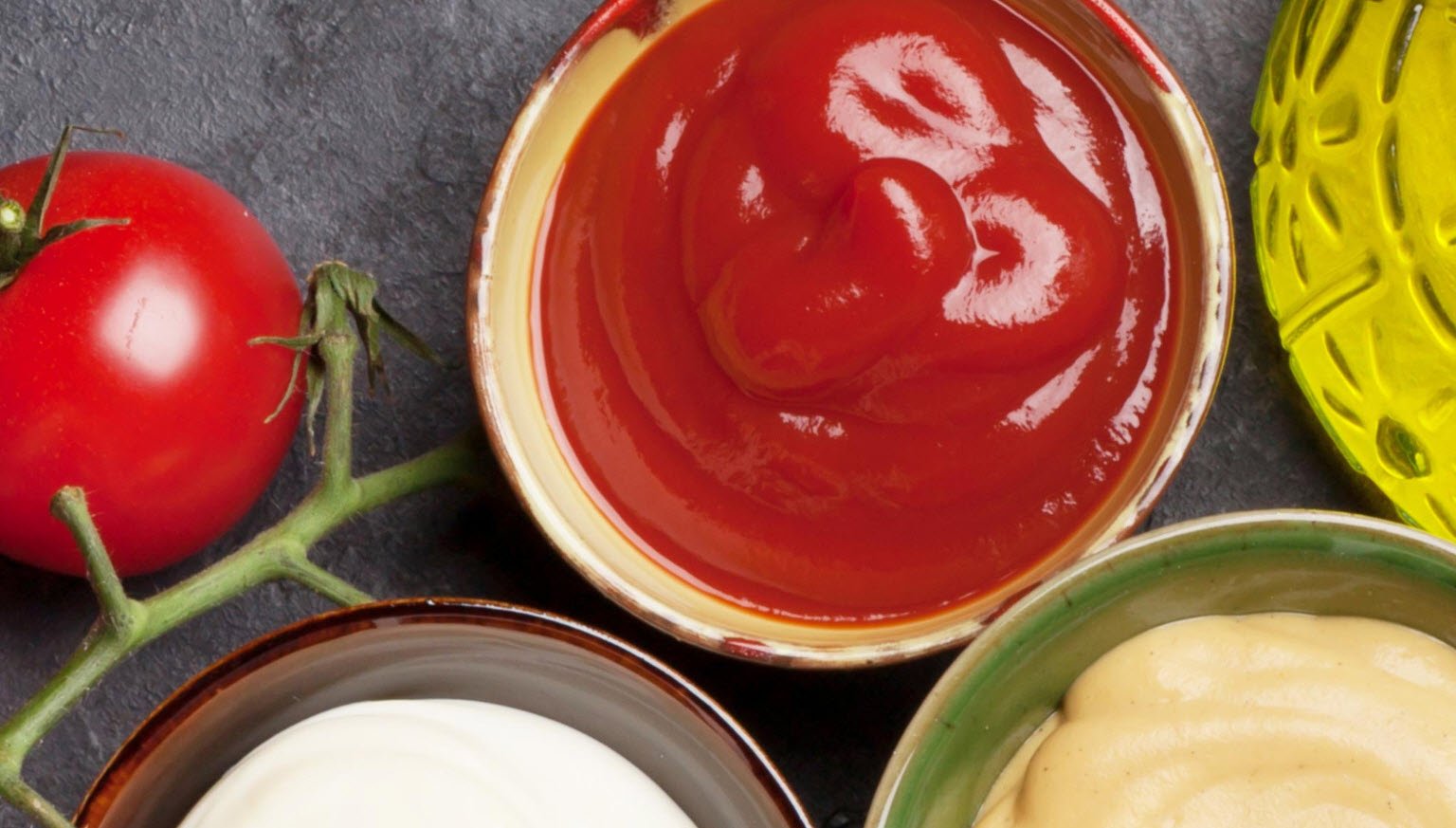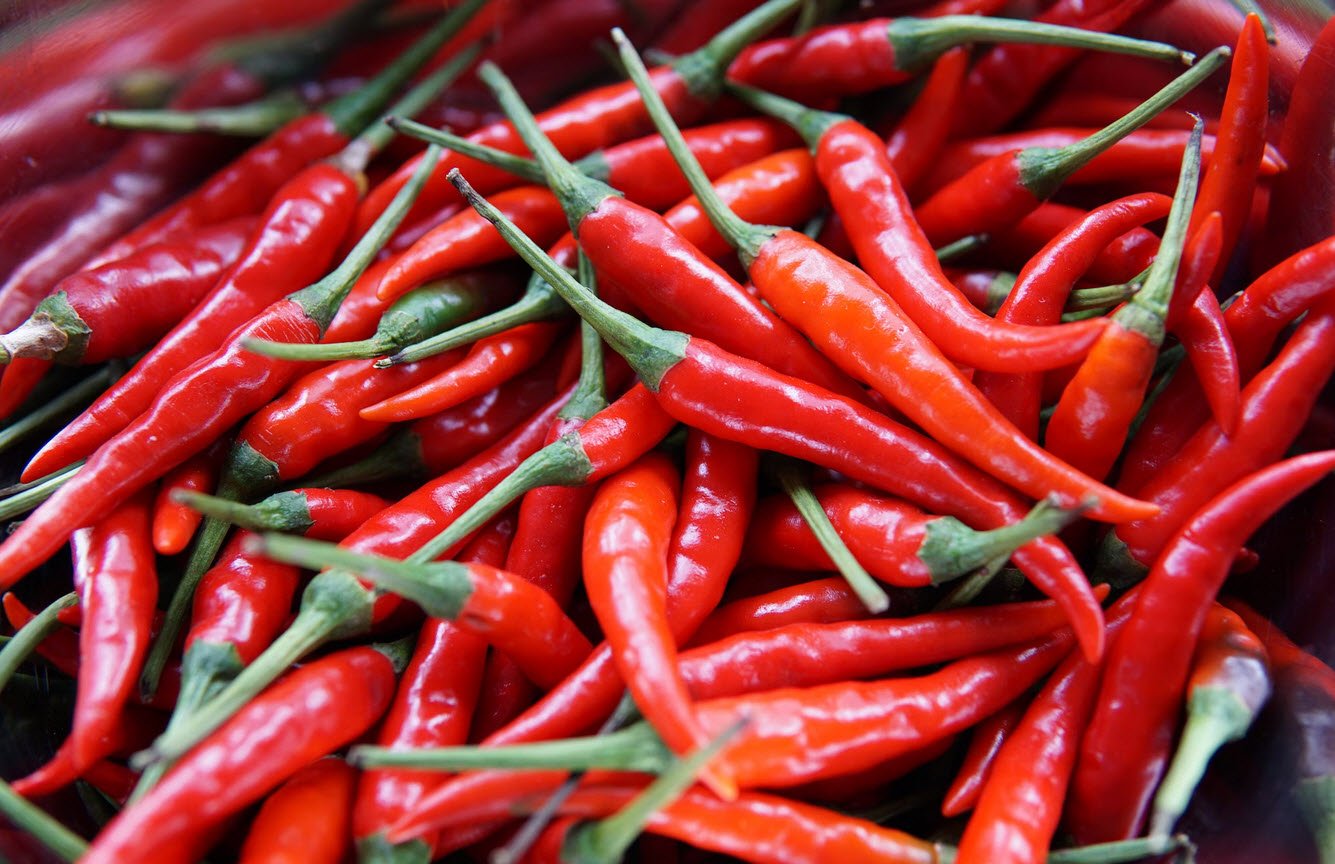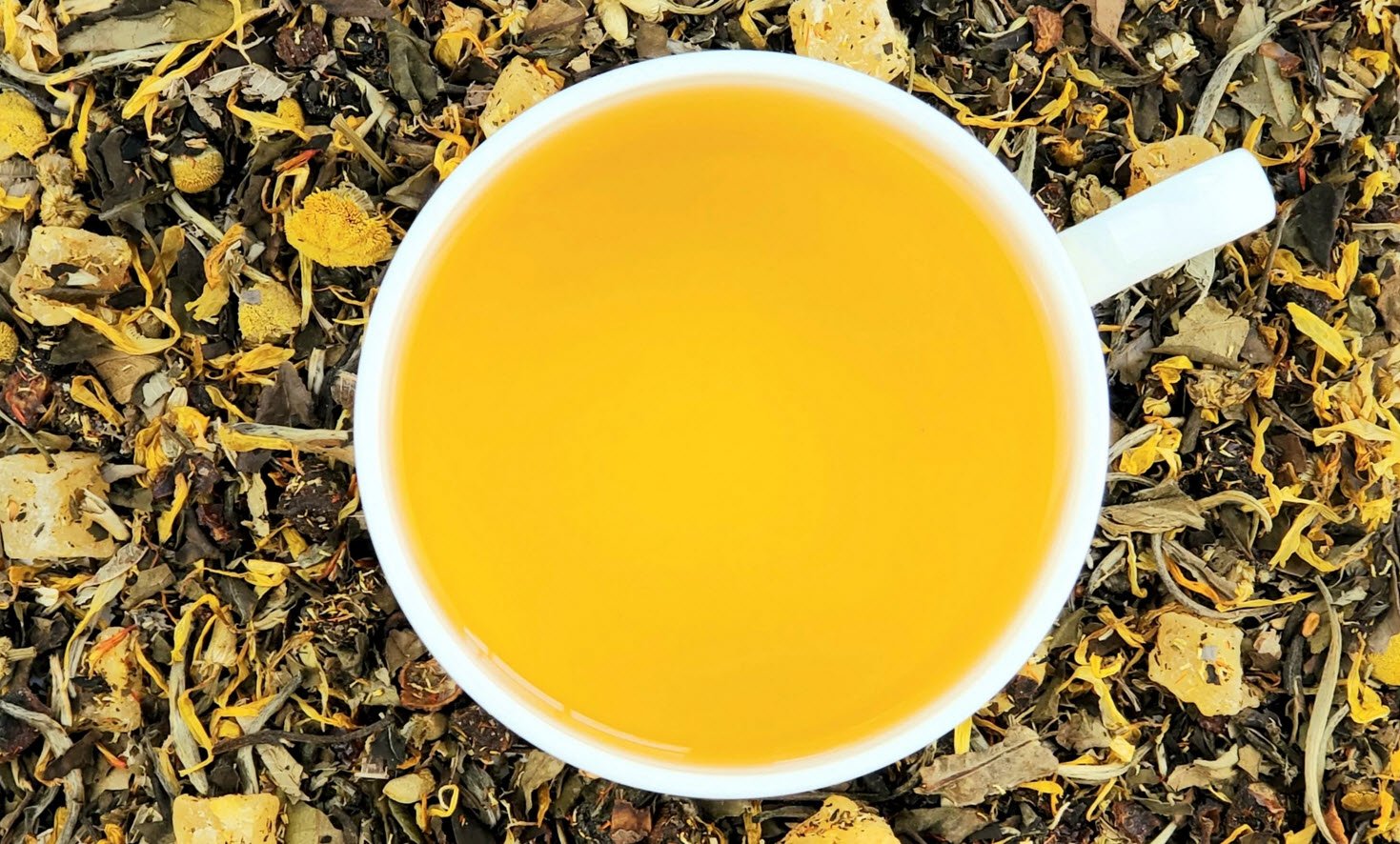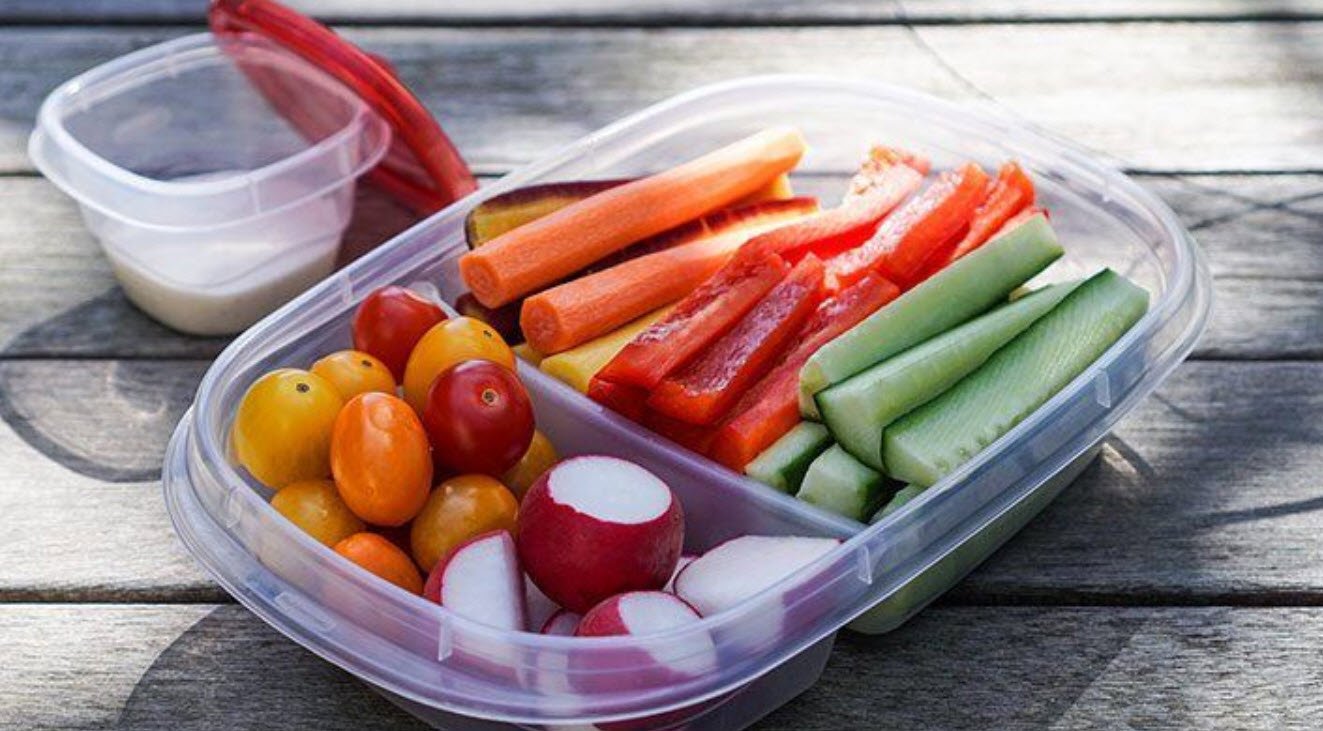
When it comes to survival in the wilderness, knowledge of edible plants can be a valuable asset. While finding food may seem challenging, there are numerous wild plants that are not only safe to eat but also packed with nutrients.
From asparagus to fireweed, let’s explore 20 wild plants that can be found in nature and serve as a source of sustenance.
1. Asparagus: This delicious vegetable grows in the wild and can be easily recognized by its spear-like shoots. It’s a great source of vitamins and minerals.
2. Lambsquarters: Lambsquarters, also known as wild spinach, is abundant and rich in vitamins A and C. Its leaves can be cooked and eaten like spinach.
3. Burdock: The roots, stems, and leaves of burdock are edible. They can be boiled, sautéed, or added to stews. Burdock is known for its diuretic and detoxifying properties.
4. Chicory: The leaves of chicory can be eaten raw or cooked. They have a slightly bitter taste but are a good source of vitamins and minerals.
5. Red Clover: Red clover flowers can be steeped to make a fragrant tea, while the leaves can be eaten raw in salads or cooked as a vegetable.
6. Wild Ginger: Wild ginger has a unique flavor and can be used as a seasoning or brewed into a tea. Its rhizomes can be consumed after thorough cooking.
7. Dandelion: Dandelion leaves are highly nutritious and can be eaten raw or cooked. The flowers can also be used to make dandelion wine or tea.
8. Green Seaweed: Abundant along coastlines, green seaweed is a rich source of vitamins and minerals. It can be dried and used as a seasoning or added to soups and salads.
9. Kelp: Kelp is another type of seaweed that is edible and nutritious. It can be consumed raw, dried, or used as an ingredient in various dishes.
10. American Elderberry: The berries of the American elderberry can be eaten raw or cooked. They are often used in jams, jellies, and pies due to their sweet flavor.
11. Cattail: Cattail is a versatile plant with many edible parts. The young shoots can be eaten raw or cooked, while the roots can be ground into a starchy flour.
12. White Mustard: The leaves, seeds, and flowers of white mustard are all edible. The leaves can be added to salads, and the seeds can be ground into a spicy mustard.
13. Prickly Pear Cactus: Prickly pear cactus offers both edible pads, known as nopalitos, and sweet, juicy fruits. The pads can be cooked and used in various dishes, while the fruits can be eaten raw or used in desserts.
14. Chickweed: Chickweed is a small, leafy plant that can be consumed raw or cooked. It has a mild, fresh flavor and is often used in salads or as a garnish.
15. Miner’s Lettuce: Miner’s lettuce, also known as Indian lettuce, has round, succulent leaves that can be eaten raw or cooked. It is an excellent source of vitamin C.
16. Wild Rose: The petals and hips of wild roses are edible. The petals can be used in salads or to make floral syrups, while the hips can be made into jams and jellies.
17. Pine Nuts: Pine nuts are the edible seeds found in pine cones. They can be eaten raw or toasted and are often used in various culinary dishes.
18. Purslane: Purslane is a succulent plant with a lemony flavor. Its leaves and stems can be eaten raw or cooked and are rich in omega-3 fatty acids.
19. Bamboo: Young bamboo shoots can be consumed after cooking. They are a common ingredient in Asian cuisine and are known for their crunchy texture.
20. Fireweed: Fireweed is a flowering plant with edible leaves, shoots, and flowers. The young shoots can be cooked and the flowers can be used to make tea or infused into honey.
While these 20 wild plants can provide nourishment in the wilderness, it is crucial to positively identify them and ensure they are safe for consumption. Familiarize yourself with local plant life, use field guides, and seek guidance from experts to minimize the risk of consuming poisonous plants. Remember, foraging should be done responsibly and sustainably, respecting nature’s delicate balance.








